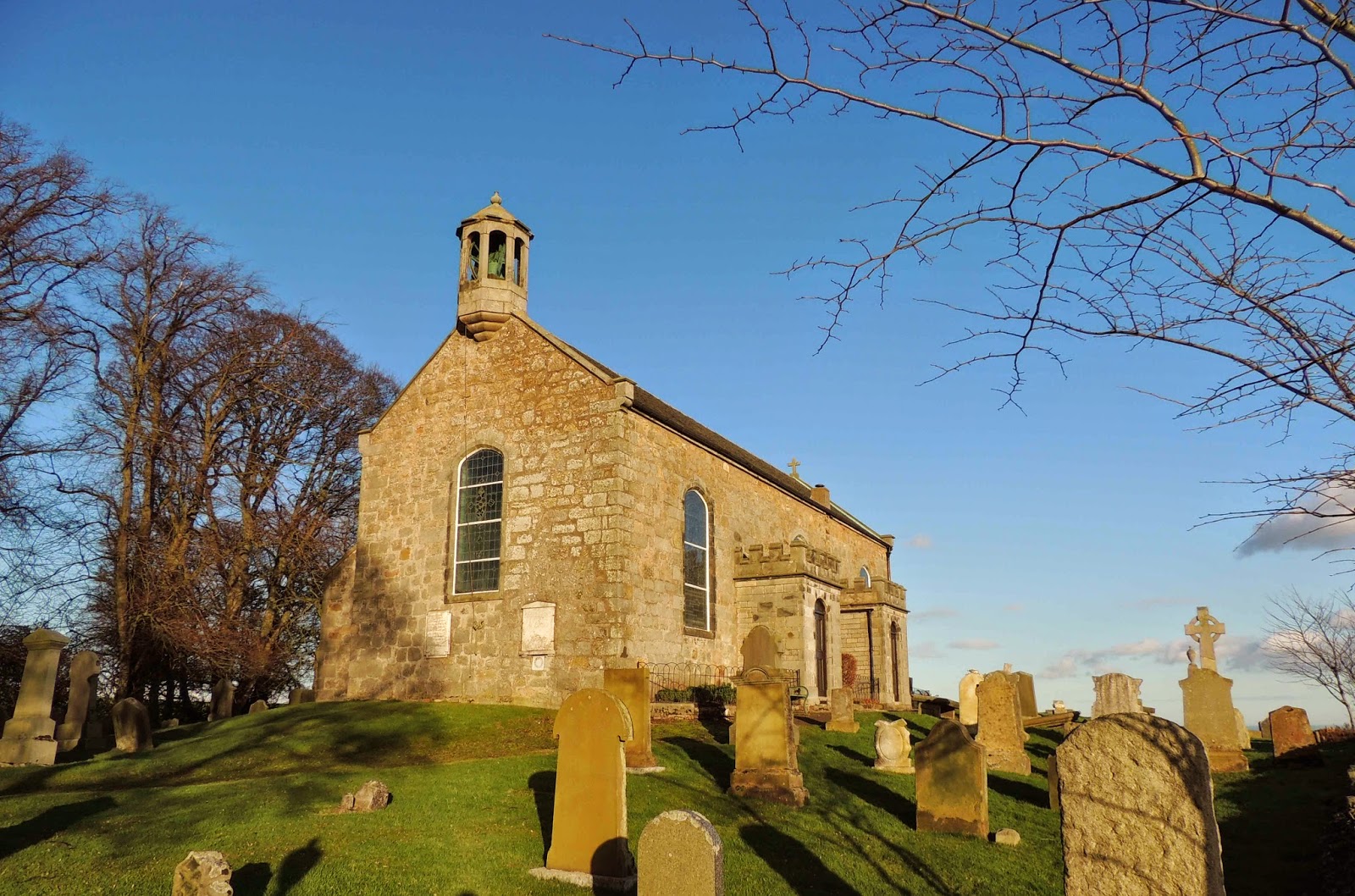 |
| Right side light undamaged |
As I approached the building, I finally knew where the image a photographer had given me years ago as he was cleaning out his files. He did not remember where the photo was taken other than in Glasgow.
 |
| The painted and leaded figure of the right panel. |
This pair of windows are almost certainly designed by David Gauld (1865-1936) "an important Scottish artist (in both oils and stained glass), being one of the great innovators within the Glasgow Boys. a painter who designed a number of windows for stained glass firms in the 19th century". http://en.wikipedia.org/wiki/David_Gauld
He was one of the group of artists known as the "Glasgow Boys" and did most of his stained glass designs for Guthrie and Wells. These elements make this window one of the important windows from the period in private hands.
Of course, vandals do not question the beauty or importance of the objects they deface or destroy. In this case the painted figure was left undisturbed, but the lower parts were badly damaged.
 |
| Upper part of the damaged section of the left panel |
 |
| Lower section of the damage |
Fortunately, the coloured glass is largely unbroken. However a large seedy roundel with a green tint is broken and a replacement will have to be made by a company that can reproduce both the colour and the "seedyness" of the original. Matching the texture and tints of the more common glass will prove difficult too.
It is a window with such a pedigree, that I hope various historical trusts will contribute to the expense of a proper repair.





























